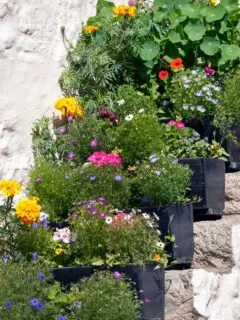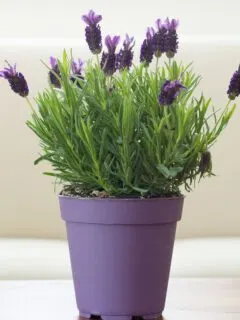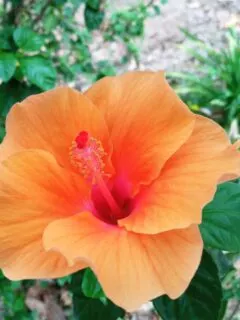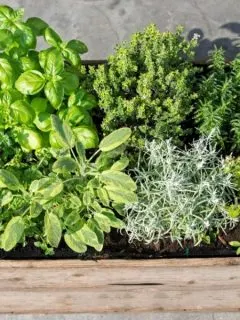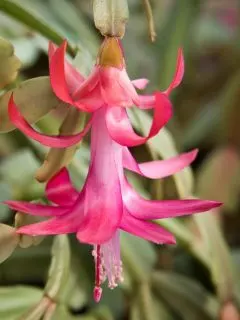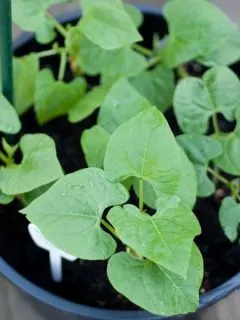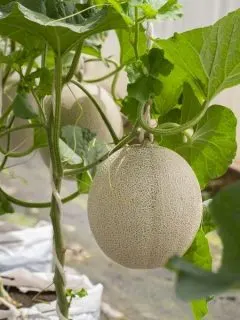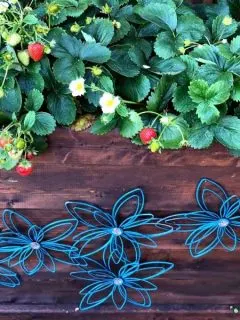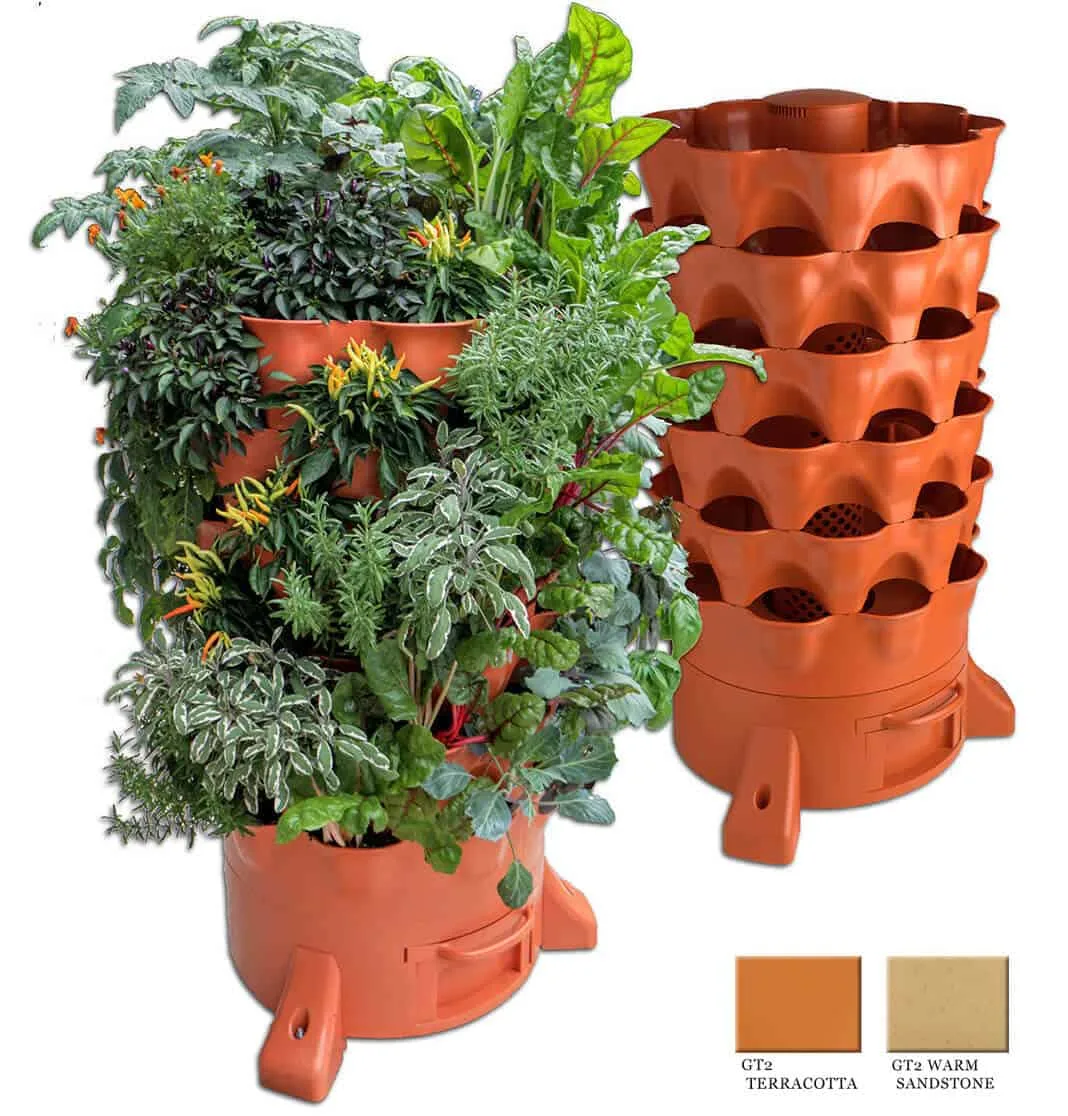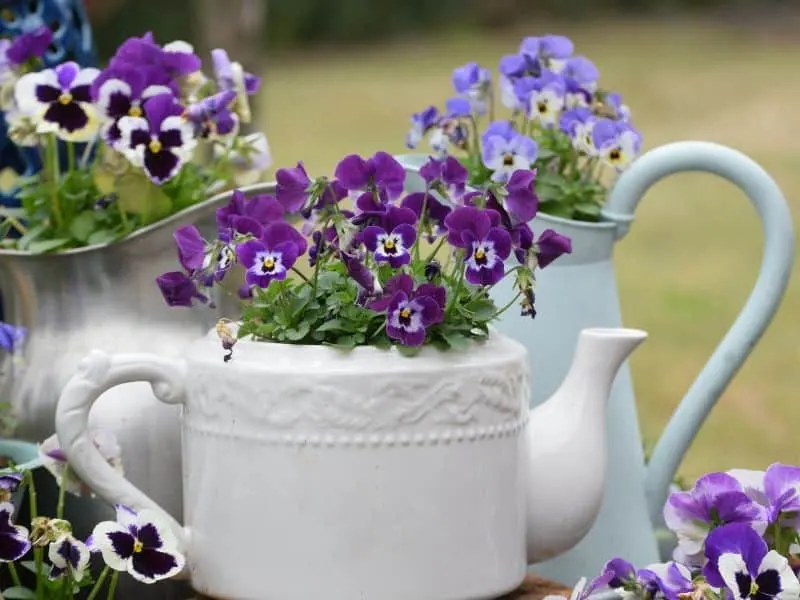Whether you have a sprawling backyard or a cozy balcony, these unique outdoor planter ideas will breathe new life into your space. With so many choices, how do you choose? Planter Colors Colors play a pivotal role in shaping your outdoor ambiance, and when it comes to containers for planting, they become an art form …
Container Gardens
Container gardens are a popular option for new gardeners. They offer a number of benefits. For starters, they can be an ideal option for those who don’t have a lot of space. You can place the container on your porch or balcony.
The Vegetable Gardener’s Container Bible: How to Grow a Bounty of Food in Pots, Tubs Easy Container Gardening: 5 Steps to Grow Fresh Organic Vegetables in Small Urban Spaces
Easy Container Gardening: 5 Steps to Grow Fresh Organic Vegetables in Small Urban Spaces Container Gardening Month by Month: A Monthly Listing of Tips and Ideas
Container Gardening Month by Month: A Monthly Listing of Tips and Ideas
Container gardening can also be a good option if you don’t have good soil or a lot of sunlight. You can place the container in the small area of your yard that does receive sun. You won’t have to worry about watering a large area of land – just a container.
Another one of the benefits of container gardening is that your plants will be safe from pests and critters who could wreak havoc on your garden otherwise.
When it comes to container gardening, the possibilities are endless. Whether you want to plant flowers or vegetables, you can grow just about anything this way. You can add a pop of color to your backyard or balcony, as well as grow delicious vegetables right out of garden containers.
Making Container Gardens Work for You
Although container gardening offers a number of benefits, there are also a few things you’ll want to keep in mind for maximum success.
There are several types of garden containers to choose from. These include:
- Terra cotta: Terra-cotta garden containers are a popular choice due to how inexpensive they are, but they’re not able to withstand cold temperatures.
- Concrete: Concrete containers fare well in just about any condition, but they’re heavy – especially when they’re filled with soil.
- Wood: Wooden containers are another option. Cedar or nontoxic treated pine are popular options.
- Metal: Metal garden containers are a great option, but they get very hot.
- Plastic or polyurethane: While these garden containers are inexpensive, they won’t withstand the test of time.
How to use your containers for gardening
Once you’ve chosen a type of container to use for your garden, it’s time to determine how much you can plant in it. You won’t want your plants to be overcrowded. A 10” to 12” pot is able to hold three to six plants, while a 14” to 16” pot is capable of holding four to eight plants and a 16” to 20” pot is ideal for six to twelve plants.
You’ll want to add rocks to the bottom of your container garden before you add soil or plants. The rocks will help with drainage. You’ll also want to opt for potting soil, which helps containers drain and hold moisture. This is important because containers aren’t able to retain moisture as well as traditional soil. Container gardens also tend to get hotter during the day.
Since container gardens do dry out more easily, it also means you’ll need to water them more frequently. They should be watered at least daily. It’s ideal to water your container garden in the morning. But you’ll want to check again in the evening. If the first inch of soil is dry, then you’ll want to water your container plants a second time.
Giving your container garden proper care can help you reap the benefits of an incredible garden!
If you’re looking for sweet-smelling plants to add to your garden, balcony, or patio, consider potted lavender: it’s easy to grow, comes in various types and colors, and will bloom for many years. While growing lavender outdoors in the soil in a sunny location is best, container-grown lavender has its advantages: Here’s how to care …
Highlight the beauty of your hibiscus (also known as rose mallow) plants by choosing the best companion plants for hibiscus. While this plant’s flowers are simply spectacular, they only bloom in midsummer. Keep the beauty year-round when you also choose the best companion plants to bring out the best that hibiscus has to offer. Choose …
There is nothing quite as wonderful as the smell of home-grown herbs. The powerful scent from a single leaf of basil is so incredible that it can instantly transport us to an Italian restaurant or our favorite pizzeria. And don’t even get me started on oregano. Having access to a selection of those amazing herbs …
When I was in college, a friend mentioned a Christmas cactus, and I laughed, thinking it was a joke. I’d never heard of such a thing! Naturally, I received one for Christmas that year, and I was immediately entranced by its unique segmented branches and bright, festive flowers. Since then, I’ve learned that Christmas cactus …
Beans are among the easiest vegetables to grow, and they’re one of my favorite garden standbys. But did you know that they also make great container plants? No matter which variety you like best, you can grow it even with limited space once you learn a few tips on how to grow beans in containers. …
No space for a sprawling melon plant? Good news! If you have a five-gallon pot and a sunny place to put it, you can still grow cantaloupe. This may seem like an odd plant for a container garden, but we’ll help you get started with tips on how to grow cantaloupe in containers, from choosing …
Will those strawberry hanging baskets at the local nursery really produce sweet, juicy berries? With the right care, they might! Read our tips below on how to grow strawberries in containers and learn the simple steps to enjoying a sweet harvest. How to Grow Strawberries in Containers As with any plant, growing strawberries in pots …
The Garden Tower Project was created with socially-responsible practices in mind, such as sustainable food sources. Industrial farming has reached a point of stripping its produce of most of the nutrients found in fruits and vegetables. The Garden Tower Project wanted to give people the opportunity to grow their own food easily so they knew …
While having a large garden plot with a large variety of flowers, herbs, and vegetables might be your dream, you don’t always have the needed space. And that’s when these container gardening ideas will come in handy. There is no limit to how creative you can be with gardening in containers, and there are many …




